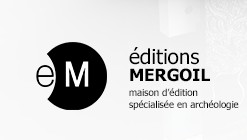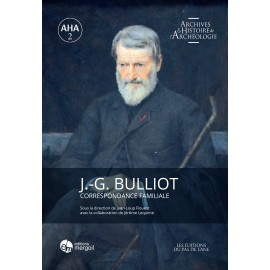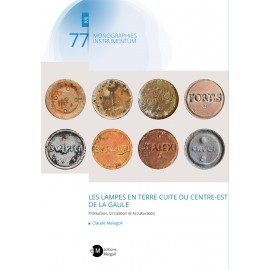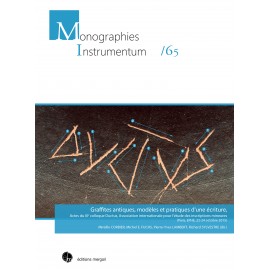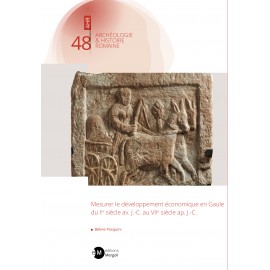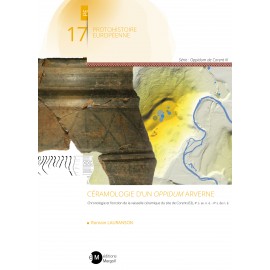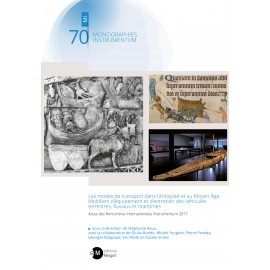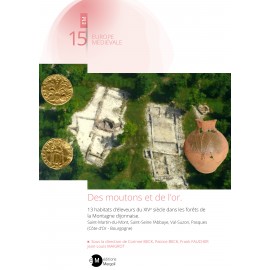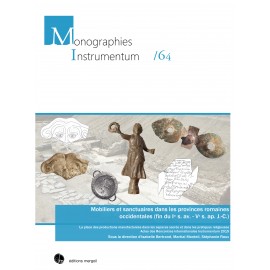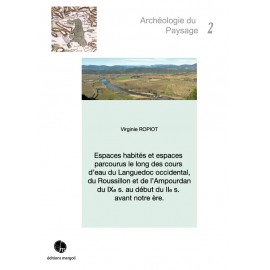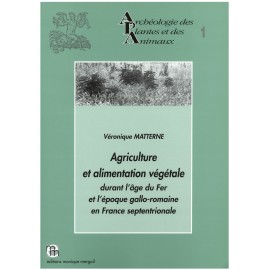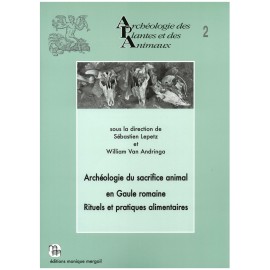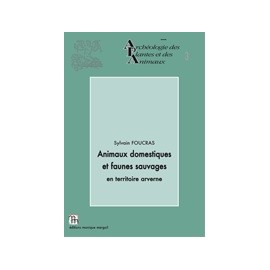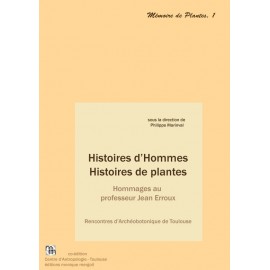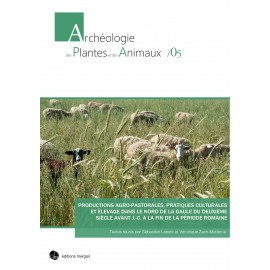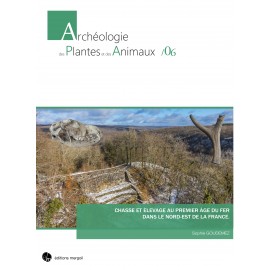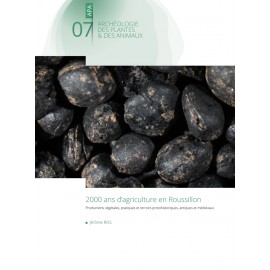No products
Prices are tax included
Product successfully added to your shopping cart
There are 0 items in your cart. There is 1 item in your cart.
Archéologie des Plantes et des Animaux
- Archéologie et Histoire Romaine
- Archéologie Moderne et Contemporaine
- Archéologie des Plantes et des Animaux
- Archéologie du Paysage
- Archives & Histoire de l'Archéologie
- Europe Médiévale
- Monographies Instrumentum
- Préhistoires
- Protohistoire européenne
- Research Protocols
- Off collections
- Les cahiers de saint-michel de Cuxa
- Second-hand
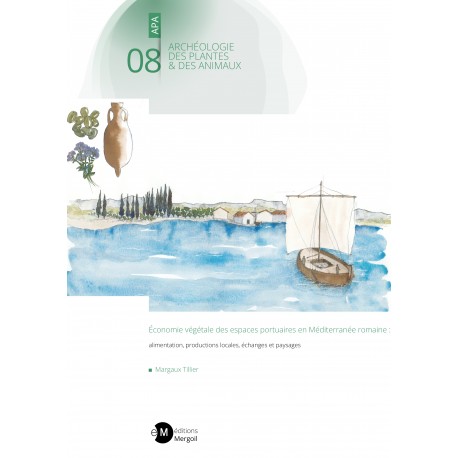 View larger
View larger Économie végétale des espaces portuaires en Méditerranée romaine : alimentation, productions locales, échanges et paysages
APA-08
New
APA-08 - Économie végétale des espaces portuaires en Méditerranée romaine : alimentation, productions locales, échanges et paysages. Margaux Tillier, 2023, 162 p. (ISBN : 978-2-35518-132-0).
langue : français.
diffusion : éditions Mergoil
La publication de cette thèse a été co-financée par IPSO FACTO SCOP., l'équipe Dynamique de la biodiversité, anthropo-écologie de l'Institut des Sciences de l'Evolution de Montpellier (UMR 5554), ainsi que l’équipe Archéologie des Milieux et des Ressources du laboratoire Archéologie des Sociétés Méditerranéennes (UMR 5140). Ce travail a bénéficié du soutien du LabEx ARCHIMEDE au
titre du programme "Investir L'Avenir" ANR-11-LABX-0032-01.
More info
Summary:
The Roman period saw cultural and economic changes that had already begun with the establishment of contacts in the north-western Mediterranean during the Iron Age. Ports, as interface zones between the Mediterranean and the interior, provide an interesting object of study for addressing the dynamics of the circulation of plant commodities and the acclimatization of new plants. The aim of this work is to characterize the plant economy of Mediterranean port areas, using carpology - the study of archaeological seeds and fruits - as a tool.
This work is based on the carpological analysis of unpublished samples from 14 archaeological sites in southern Gaul and the Adriatic (Istria and Dalmatia). These sites correspond to port areas and coastal production sites. They yield abundant material, most of which is preserved by imbibition. We propose a multiscale synthesis of available carpological data on economic and ornamental plants. An initial analysis includes coastal ports and villae, and their hinterlands, on the scale of the north-western and central Mediterranean basin. A broader analysis is then carried out on a Mediterranean scale, based on available data on port areas around the Mediterranean.
Comparison of archaeobotanical sources reveals the use of a diverse range of plant resources, with cereals, vines, figs and olives among the most recurrent taxa. The change of era is characterized by the widespread use of numerous foodstuffs in the north-western Mediterranean, and the adoption of new products such as peaches, walnuts, pine nuts and blackberries. Domestic consumption of certain fruits - dates, sebestis and jujube - seems to have been reserved for a privileged urban population. The study of the contents of ceramic vessels has enabled us to identify various food preparations, in particular fruit preserves, which echo recipes handed down by ancient authors. The spread of Roman values is also illustrated in landscaping, with the introduction of new ornamental plants as early as the change of era.
Geometric morphometry analyses applied to archaeological grape seeds and olive pits, from dumps and ceramic contents, shed new light on the past varietal diversity of vines and olive trees. Cultivated and little-selected forms, morphologically close to the wild vine and olive, were grown and used together
cultivated and used together in antiquity for wine and oil production and for table fruit (grapes and olives).
traduction : deepl.com
